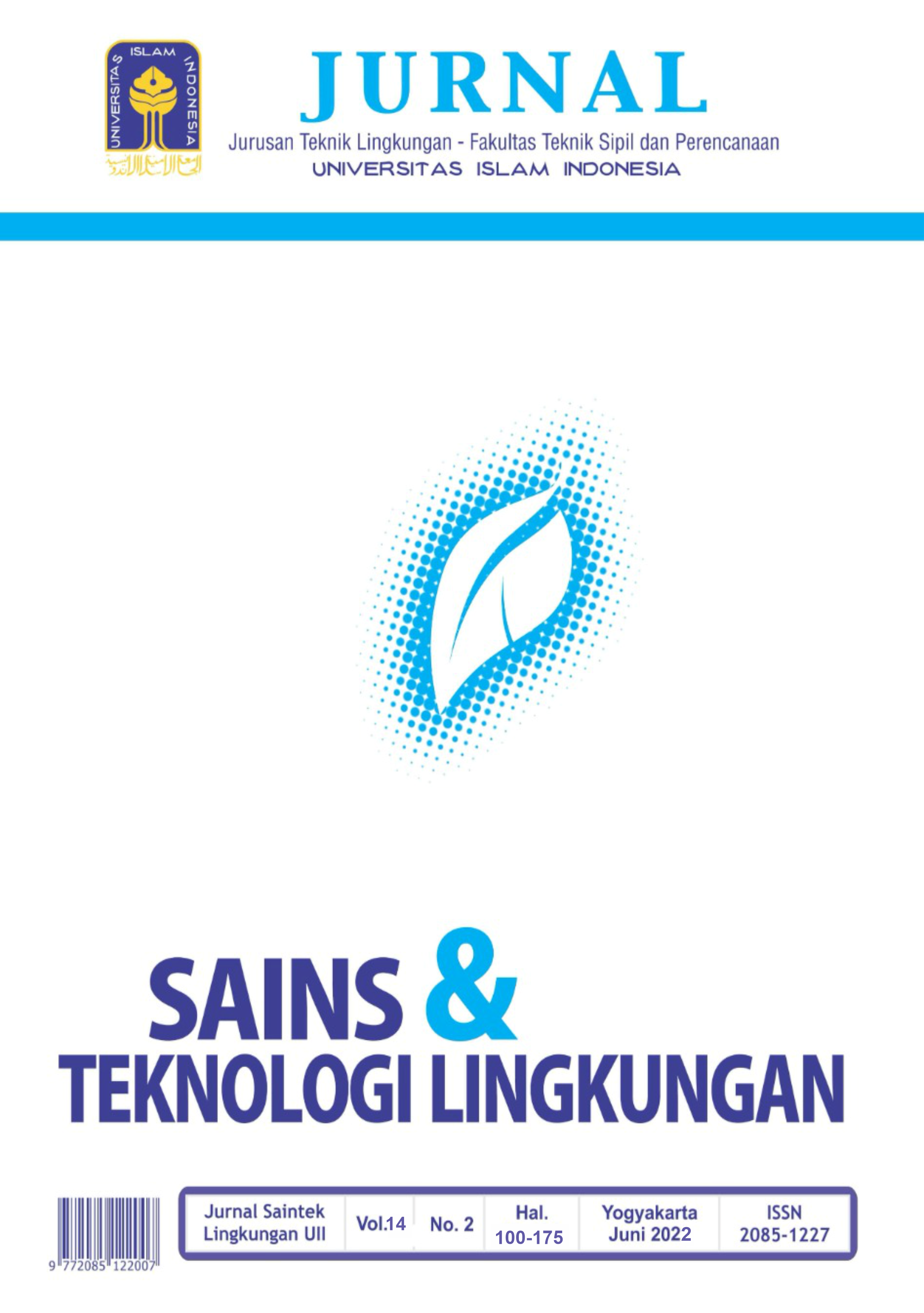Main Article Content
Abstract
Surface mining, including tin mining, is the most common mining practice in Indonesia. The existence of mining ore or minerals close to the surface soil is the reason for carrying out this mining method. The process of mining surface resulted in the change of land landscape, which may cause soil erosion and even flood. It has caused various ecological and environmental problems, including soil degradation. This study describes soil physio-chemical properties impacted by surface tin mining in Bangka, Indonesia. Soils were collected from three different land use in natural forest, agroforestry, and post tin mining area in Bangka Regency, Province of Bangka Belitung Island. Five-spot soils were sampled from each site. Each site had three replication of the sampling area. The plot size for each site is about 200-500 m2. Soil texture, pH, total N, available P, exchangeable K, organic carbon, C/N ratio, CEC, Al3+, and H+ were analyzed. The results showed that mining decreased organic carbon, total N, available P, exchangeable K, and CEC. Mining changed the soil texture to be dominated by quartz sand. These results indicate that mining significantly deleterious soil fertility, therefore, potential as a limiting factor for plant growth, which could be a hamper for restoration efforts of post tin mining areas.
Keywords: tin mining, restoration, soil physiochemical properties, soil degradation
Article Details
Authors who publish with this journal agree to the following terms:
- Authors retain copyright and grant the journal right of first publication with the work simultaneously licensed under a Creative Commons Attribution License that allows others to share the work with an acknowledgement of the work's authorship and initial publication in this journal.
- Authors are able to enter into separate, additional contractual arrangements for the non-exclusive distribution of the journal's published version of the work (e.g., post it to an institutional repository or publish it in a book), with an acknowledgement of its initial publication in this journal.
- Authors are permitted and encouraged to post their work online (e.g., in institutional repositories or on their website) prior to and during the submission process, as it can lead to productive exchanges, as well as earlier and greater citation of published work (See The Effect of Open Access).
